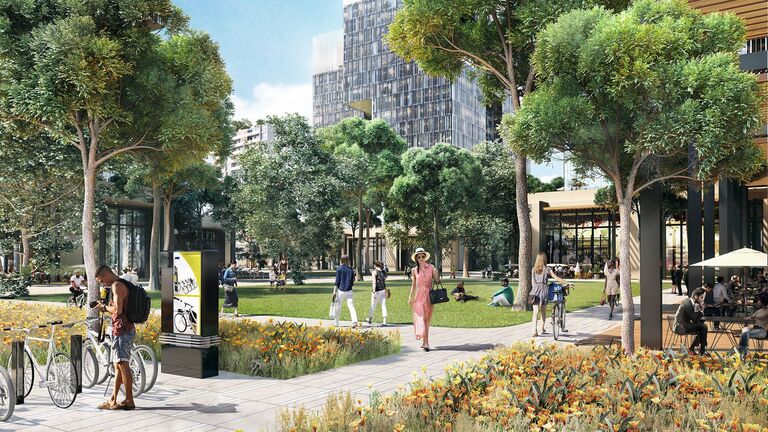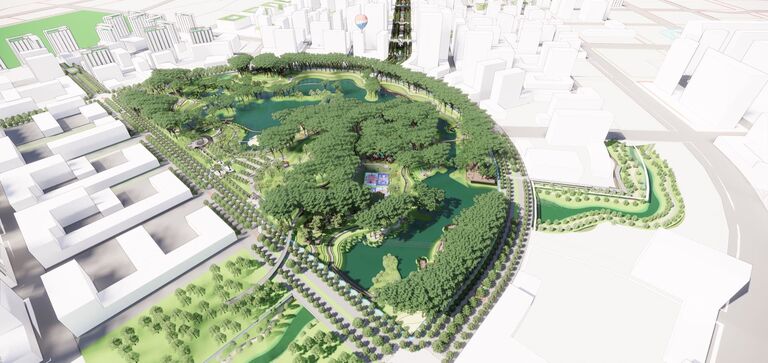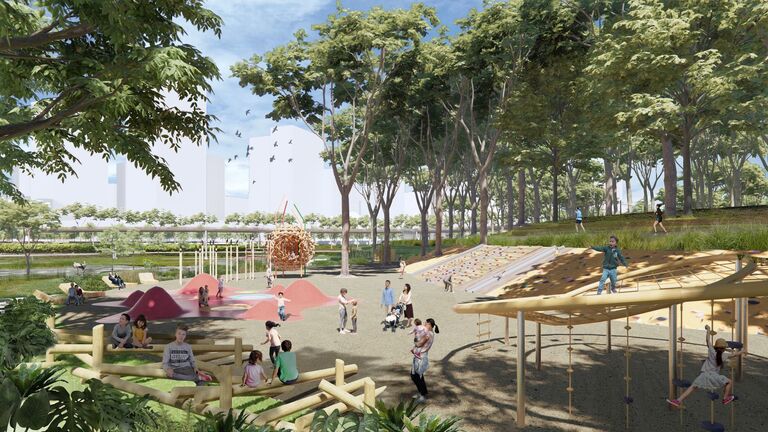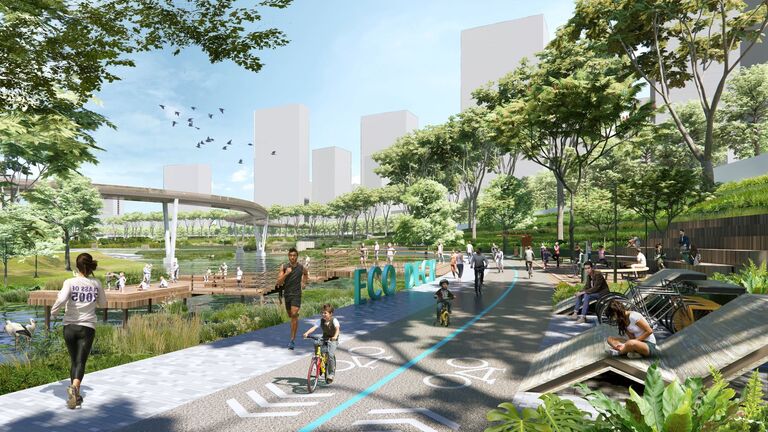One of the projects is the development of a city-wide open space strategy, at the heart of which is the design of a new Central Park, a new 44 Ha green space that will become one of the largest public parks to be built in the Philippines for more than half a century and one of the largest urban parks in the country.
Building on our experience in other cities across the world, where overcoming the challenges of rising urban temperatures is as relevant today in London as it is in Asia or the Middle East, our focus was on creating a quality of life for residents, visitors and workers in this new community with an emphasis on mitigating the extreme temperatures in the region.
Our approach to the Central Park project identifies a series of key design goals from identity to ease of maintenance but one of the most important drivers focuses on how to maintain and improve comfort levels for users, particularly during the hotter summer months.
In the hot and humid Philippines’ climate, providing comfortable outdoor micro-climates is critical to creating lively and vibrant open spaces. As in many of the hottest cities around the world, most plazas and parks are used in the early morning and or in the late afternoon and evenings when the sun is less of a factor.
Filipinos have a particular love of shade due to their own climate experience and the local characteristic that any successful open space must achieve is that it must be ‘maaliwalas’, meaning breezy yet shaded, comfortable, quiet and relaxing.



